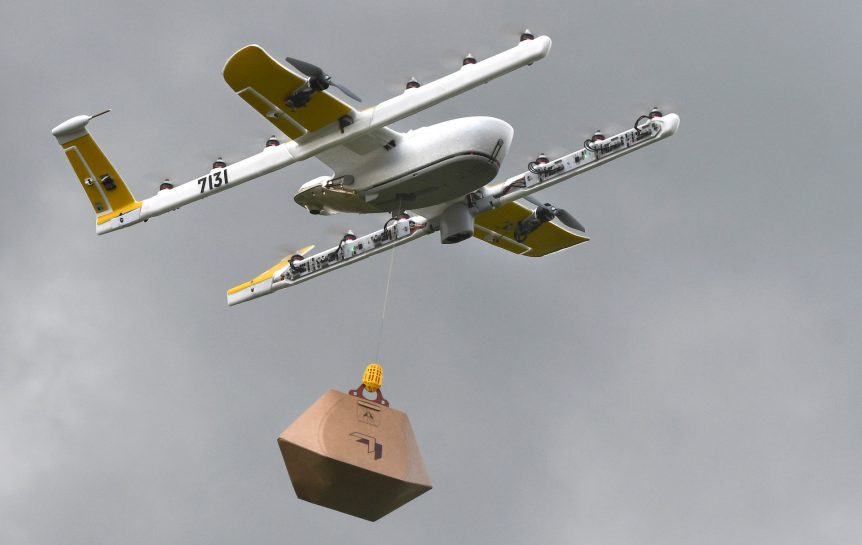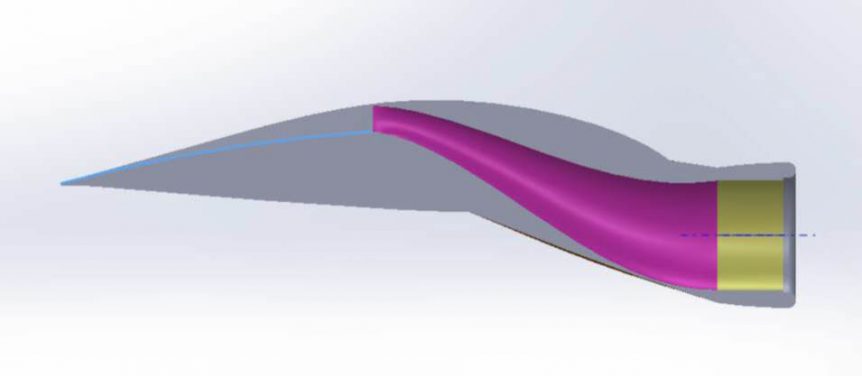A July, 2017 article in New Scientist reported that a small test group found “the noise of drones more annoying than that of ground vehicles.” This has implications for enterprises such as Amazon and Google that hope to perform home deliveries of various goods, including food. Almost as a refrain, the Wall Street Journal reported in December, 2018 that, “Wing – the drone delivery company that spun out from Google — was annoying residents in the Australian town where it tests its services.” Folks in Bonython, the down-under township where the company had set up shop, “Likened the sounds of the original delivery drones to a “chain saw gone ballistic.” This caused some to spend less time outdoors, and dogs evidenced signs of “a considerable amount of anxiety.” The Business Insider added that a Wing spokesperson “confirmed… that it has begun testing a quieter drone that ‘blends in’ with nearby sounds.” The unidentified spokesperson explained, “We’ve developed and are testing a new …
David Ullman: Flying on Multiple Tiny Motors
David Ullman, a professor emeritus at Oregon State University, predicted electric flight’s future in articles in 2009* and 2010**. His predictions have come (mostly) true and David is working to fulfill the rest. His background in mechanical and aeronautical engineering provides credibility for his prognostications, and he’s taking practical steps to take electric aviation to a next, very creative level. While Uber’s Elevate Summit in Dallas earlier this year focused on big-money players in the vertical aviation world, David and co-creator Vincent H. Homer promoted their paper, “The IDEAL for Near-VTOL Aircraft.” IDEAL represents “Integrated Distributed Electric – Augmented Lift” flight, using “thrust from distributed electric propulsion to improve the lift and drag performance of the aircraft during takeoff, cruise and landing.” As their paper explains, VTOL flight requires power equal to 1.25 times the weight of the aircraft to ensure secure takeoffs and landings. An IDEAL aircraft would require thrust equaling about one-third of the STOL craft’s weight to …
Lugosi Enterprises Pioneers Late-Night Drone Deliveries
Even while Jeff Bezos at Amazon and competitors like UPS and FedEx strive to deliver packages to your front door, a Transylvanian experiment in extreme biomicry promises to make delivery in the dark of night the new standard. While other drone makers use fixed- or rotary-wing configurations, Lugosi Enterprises relies on a radical, human-powered ornithopter with the ability to change shape and size depending on the stage of the mission in which it is engaged. This proprietary technology is shrouded in secrecy, but enables the wingsuit wearer to shrink to an extraordinarily small size, at which point, according to Lugosi spokesperson Dwight Frye, the operator can fly an undisclosed distance in total silence, except for an occasional annoying high-pitched piping noise. For reasons best known to the Lugosi operation, deliveries will take place only at night, and will not be curtailed by high winds, thunder, or multiple lightning strikes. Navigation will depend on bat-like echolocation, in which sounds emitted by the flyer help …


